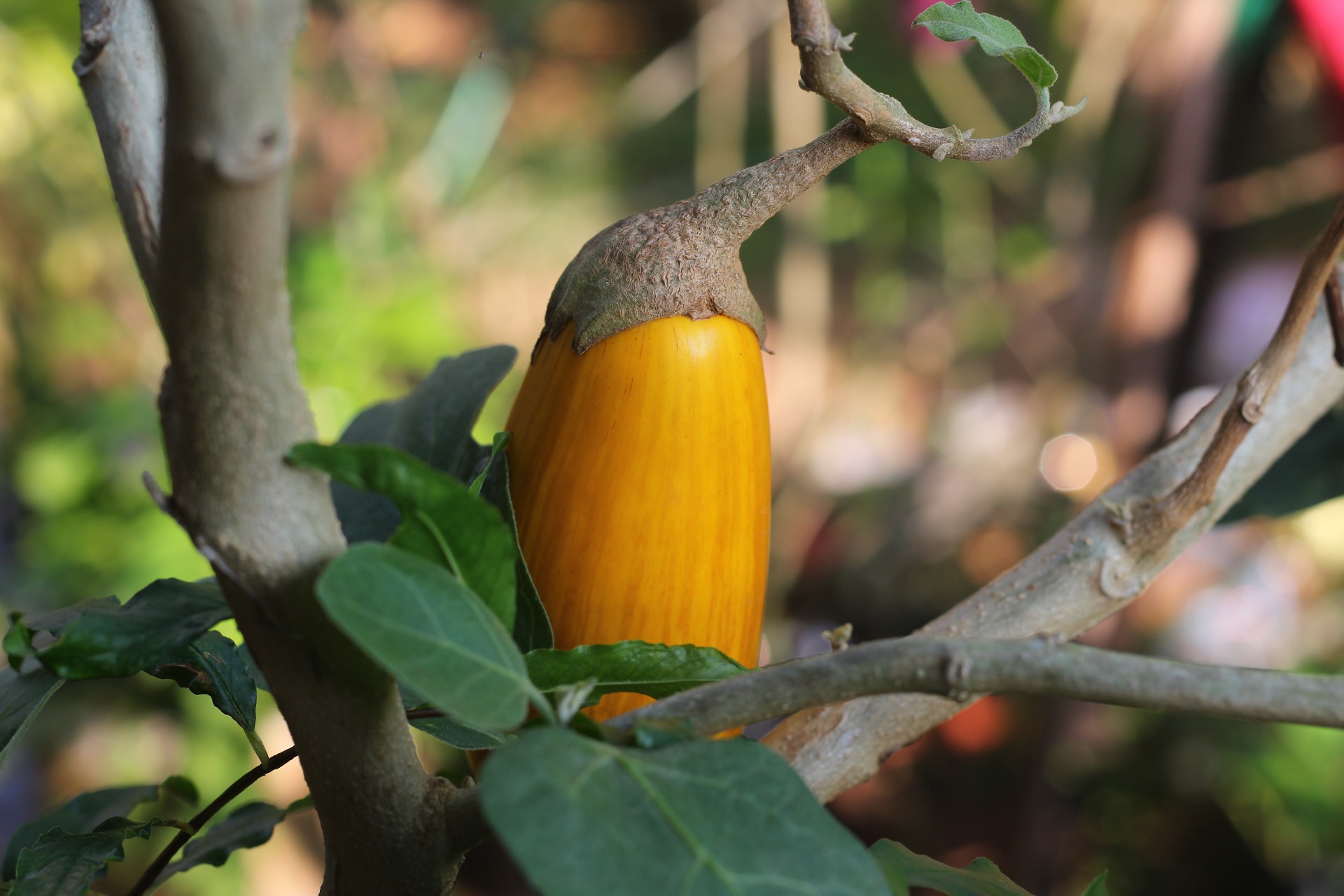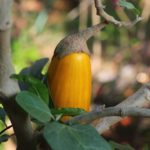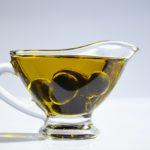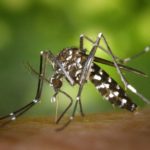F. YASMIN
Department of Entomology, Bangabandhu Sheikh Mujibur Rahman Agricultural University, Gazipur, Bangladesh.
M. R. AMIN
Department of Entomology, Bangabandhu Sheikh Mujibur Rahman Agricultural University, Gazipur, Bangladesh.
M. AFROZ
Department of Entomology, Bangabandhu Sheikh Mujibur Rahman Agricultural University, Gazipur, Bangladesh.
M. A. H. SWAPON
Department of Entomology, Bangabandhu Sheikh Mujibur Rahman Agricultural University, Gazipur, Bangladesh.
M. M. HOSSAIN
Department of Plant Pathology, Bangabandhu Sheikh Mujibur Rahman Agricultural University, Gazipur, Bangladesh.
ABSTRACT: The study was conducted with BD-7320, BD-7328, BD-9952, BD-10154, BD-10158, BARI Begun-1, BARI Begun-4, BARI Begun-5, BARI Begun-6, BARI Begun-7, BARI Begun-8 and BARI Begun-9 germplasm lines of brinjal with a view to understanding the resistant behavior of plant morphological characteristics and phytochemical contents to aphid infestation. The experiment was conducted at Bangabandhu Sheikh Mujibur Rahman Agricultural University, Gazipur, Bangladesh during September 2018 to March 2019. The abundance of aphid among the germplasm lines varied significantly, and was the lowest and statistically similar on BD-9952, BARI Begun-6 and BARI Begun-4. The abundance of aphid on BARI Begun-8 and BD-10158 showed significant positive correlation with plant height, branch/plant, leaf/plant and leaf area, but had significant negative association with abaxial and adaxial leaf trichomes, spine/stem and spine/leaf. The phytochemical content of leaf like moisture, total chlorophyll, proline, reducing sugar, total sugar and protein content had positive effect on the abundance of aphid, whereas pH and ash content of leaf had negative correlation. The infestation level of aphid varied significantly among twelve germplasm lines where BD-9952, BARI Begun- 6 and BARI Begun- 4 depicted statistically similar and the lowest infestation of aphid.
Keywords: Solanum melongena, morphological characters, phytochemicals, Myzus persicae.
REFERENCES
ABRAHAM, E., HOURTON-CABASSA, C., ERDEI, L., & SZABADOS, L. 2010. Methods for determination of proline in plants. Methods in Molecular Biology book series 639.
AHMED, M. A. 1994. Differences in susceptibility of six cucumber cultivars to infestation by Aphis gossypii Glov. Tetranychus urticae and Bemisia tabaci as correlated to protein and amino acid contents of leaves. Ann. Agril. Sci. 32, 2189- 2194.
AMIN M. R., SHARMIN M. A., MIAH M. R. U., AKANDA A. M., SUH S. J., KWON Y. & KWON O. 2020. Aphid population abundance and pestiferous effect on various bean plant species. Ent. Res. 50, 257-266.
AMIN, M. R., AFRIN, R., ALAM, M. Z., HOSSAIN, M. M. AND KWON, Y. J. 2017. Effect of leaf trichomes and meteorological parameters on population dynamics of aphid and jassid in cotton. Bangladesh J. Agril. Res. 42, 13-25.
AMIN, M. R., NAMNI, S.,MIAH, M. R. U., MIAH, M. G., ZAKARIA, M., SUH, S. & KWON, Y. J. 2015. Insect inventories in a mango-based agroforestry area in Bangladesh: foraging behavior and performance of pollinators on fruit set. Ent. Res. 45, 217-224.
AMIN, M. R., TITHI, D. A. & KWON, Y. J. 2011. Characteristics of three cotton varieties and their impact on feeding and growth of cotton armyworm. Ent. Res. 41, 151-156.
AMJAD, M. & PETERS, D. C. 1992. Survival, development and reproduction of turnip aphids (Homoptera: Aphididae) on oilseed Brassica. J. Econ. Entomol. 85, 2003-2007.
BBS. 2016. Bangladesh Bureau of Statistics. “Yearbook of Agricultural Statistics of Bangladesh”. COSTA, D. B., SOUZA, B., CARVAHLO, G. A. & CARVAHLO, C. 2003. Residual action of insecticides to larvae of Chrysoperla externa (Hagen, 1861) (Neuroptera: Chrysopidae) under greenhouse conditions. Cienc Agrotec Lavras. 27, 835-839.
FRG. 2018. Fertilizer Recommendation Guide. Bangladesh Agricultural Research Council, Farm Gate, Dhaka.
GAGOI, M., & BASUMATARY, M. 2018. Estimation of the chlorophyll concentration in seven Citrus species of Kokrajhar district, BTAD, Assam, India. Trop. Plant Res. 5, 83-87
GANGWAR, S. K. & SACHAN, J. N. 1981. Seasonal incidence and control of insect pests of brinjal with special reference to shoot and fruit borer, Leucinodes orbonalis Guen. in Meghalaya. J. Res, Assam Agril. Univ. 2, 187-192.
GHOSH, S. K., LASKAR, N. & SENAPATI, S. K. 2004. Seasonal fluctuation of Aphis gossypii Glov. on brinjal and held evaluation of some pesticides against A. gossypii under terai region of West Bengal. Indian J. Agril. Res. 38, 171-177.
GHOSH, S.K. & SENAPATI, S.K. 200l.Standardization of fertilizer level be suited pest management programme of brinjal under terai region of West Bengal. Environ. Ecol. 19, 676-682.
GLAS, J. J., SCHIMMEL, B. C., ALBA, J. M., ESCOBAR-BRAVO, R., SCHUURINK, C., & KANT, M. R. 2012. Plant glandular trichomes as targets for breeding or engineering of resistance to herbivores. Intl. J. Mole. Sci. 13, 17077-17103.
KHALID, S. A. N., ROFF, M. M. & IDRIS, A. B. 2009. Population abundance of alate white fly, (Bemisia tabaci Genn.) in chili (Capsicum annuum L.) ecosystem. J. Trop. Agric. Food Sci. 37, 263-270.
KHAN, L., SHAH, M. & USMAN, A. 2015. Host preference of sucking pests among different solanaceous crops. J. Entomol Zool. Stud. 3, 100-104.
KHAN, M. M. H. KUNDU, R. & ALAM, M. Z. 2000. Impact of trichome density on the infestation of Aphis gossypii Glover and incidence of virus disease in ashgourd [Benincasa hispida (Thunb.) Cogn.]. Intl. J. Pest Manag. 46, 201-204.
KUMAR, C. S., CHANDRAJU, S., MYTHILYA, R., & CHANNU, B. C. 2011. Novel spectrophotometric technique for the estimation of reducing sugar from wheat husk. Intl. J.Recent Sci. Res. 2, 50-53.
LAICHATTIWAR, M. A., MEENA, R. S. & SINGH, P. S. 2018. Physio-morphic characters of different varieties/genotypes against population fluctuation of sucking pests of brinjal Solanum melongena (L.). Intl J. Agric. Environ. Biotechnol. 11, 409-414.
MAEHRE, H., DALHEIM, L., EDVINSEN, G., ELVEVOLL, E.& JENSEN, I. J. 2018. Protein determination – method matters. Foods. 7, 5.
MILLER, G. L., FAVRET, C., CARMICHAEL, A. & VOEGTLIN, D. J. 2009. Is there a cryptic species within Aulacorthum solani (Hemiptera: Aphididae)? J. Econ. Entomol. 102, 398-400.
NASRIN, M., AMIN, M. R., MIAH, M.R.U., AKANDA, A. M. & MIAH, G. M. 2020. Occurrence and pest severity of whitefly on different varieties of chili. Ann. Bangladesh Agric. 24, 127-135.
NIELSEN, S. S. 2010. United States government regulations and international standards related to food analysis. In Food Analysis, Springer, Boston, MA. Pp. 15-33.
PANDA, N. & DAS, R. C. 1975. Antibiosis factor of resistance in brinjal varieties to shoot and fruit borer, Leucinodes orbonalisGuen. South Indian Hort. 23, 43-48.
PICKETT, J. A., BIRKETT, M. A., BRUCE, T. J., CHAMBERLAIN, K., GORDON- WEEKS, R., MATTHES, M. C. & WOODCOCK, C. M. 2007. Developments in aspects of ecological phytochemistry: the role of cis-jasmone in inducible defence systems in plants. Phytochem. 68, 2937-2945.
RAJU, S. V. S., SHANKAR, U. K. & SAILENDRA, U. K. 2007. Scenario of infestation and management of eggplant shoot and fruit borer, Leucinodes orbonalisGuenee., in India. Resistant Pest Manag. News Letter. 16, 11-14.
REGUPATHY, A., PALANISAMY, S., CHANDRAMOHAN, N. & GUNATHILAGARAJ, 1997. A guide on crop pests. Sooriya Desk Top Publishers, Coimbatore. 3, 264-268.
SHARMA, S. & RAO, T. R. 2013. Nutritional quality characteristics of pumpkin fruit as revealed by its biochemical analysis. Intel. Food Res. J. 20, 2309.
TEJA, T. & BRADFORD, A. H. 2000. Multitrophic level interactions an introduction. Cambridge University Press.
TSAI, J. H. & WANG, J. J. 2001. Effects of host plants on biology and life table parameters of Aphis spiraecola (Homoptera: Aphididae). Environ. Entomol. 30, 44-50.
WILDE, G. E., SHUFRAN, R. A., KINDLER, S. D., BROOKS, H. L. & SLODERBECK, E. 2001. Distribution and abundance of insecticide resistant greenbugs (Homoptera: Aphididae) and validation of a bioassay to assess resistance. J. Econ. Entomol. 94, 547-551.







